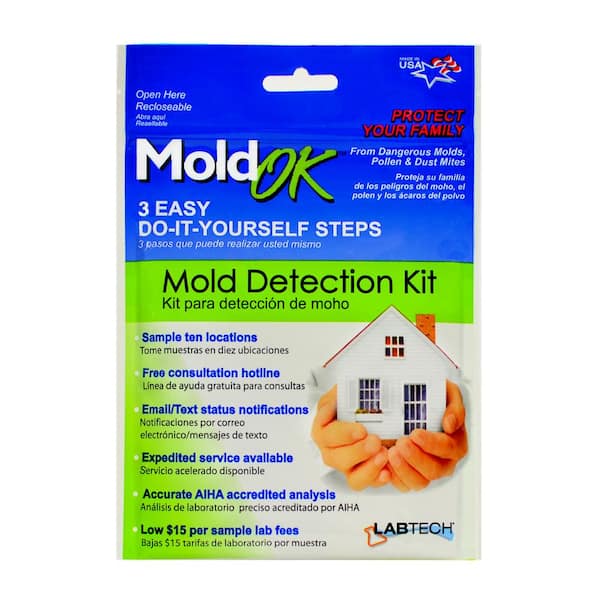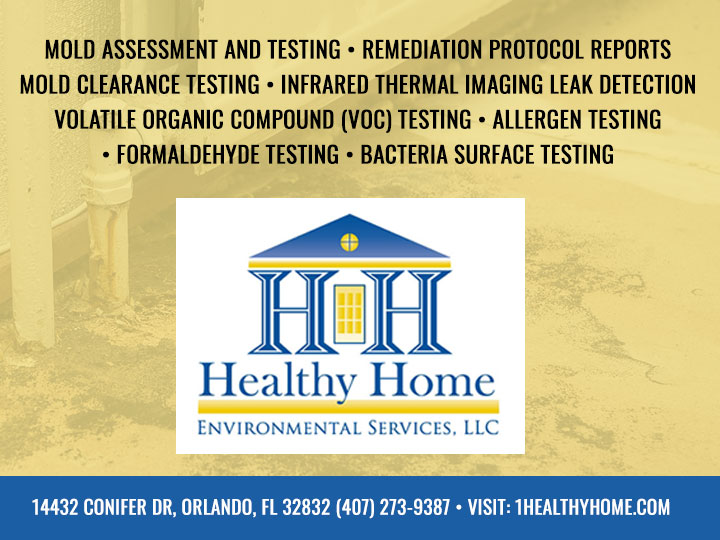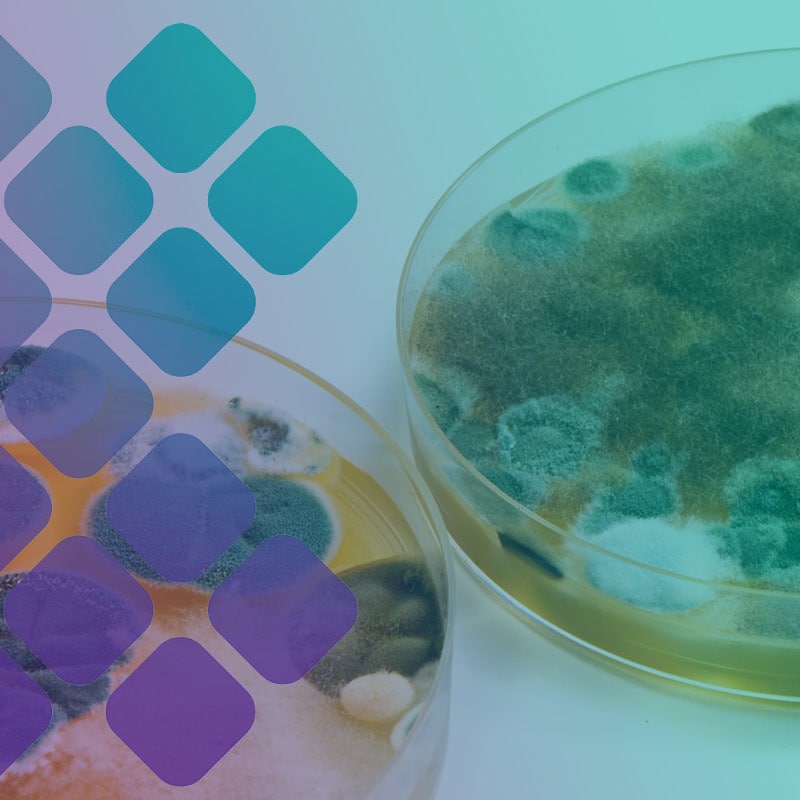The Requirement of Mycotoxin Evaluating in Agricultural Products to Make Certain Customer Safety
The need of mycotoxin testing in farming items is a crucial facet of public health and wellness and safety that calls for thorough examination. Mycotoxins, harmful substances generated by certain fungi, can infiltrate different crops, leading to substantial health and wellness dangers for customers, such as cancer causing effects and organ damage.
Recognizing Mycotoxins
Mycotoxins, toxic secondary metabolites created by specific fungi, provide a substantial risk to agricultural products and human health. These compounds are created by different types of mold and mildews, such as Aspergillus, Fusarium, and Penicillium, which can pollute plants both pre- and post-harvest - Mycotoxin testing Services. One of the most usual mycotoxins consist of aflatoxins, ochratoxin A, fumonisins, zearalenone, and deoxynivalenol (DON)
Mycotoxin contamination can take place under details ecological problems, such as high humidity and temperature, which favor the growth of mold and mildew. Agricultural items like grains, nuts, flavors, dried out fruits, and coffee are specifically susceptible. The existence of mycotoxins in these assets can lead to considerable financial losses as a result of lowered plant yields and the requirement for extensive testing and decontamination processes.
Comprehending the biochemical nature and formation of mycotoxins is essential for establishing efficient reduction strategies. Study has actually shown that mycotoxins show a variety of chemical structures and buildings, making detection and elimination tough. Advanced logical methods, including chromatography and mass spectrometry, are utilized to identify and evaluate mycotoxins in farming products, guaranteeing that contamination degrees stay within secure limitations developed by regulatory bodies.
Health Threats of Mycotoxins
Provided the considerable threats connected with mycotoxins in farming items, comprehending their influence on health is paramount. Mycotoxins, harmful additional metabolites created by fungi, position extreme hazards to both animal and human health.
Severe mycotoxin poisoning, although less usual, can create immediate and severe illness such as liver damages, stomach disruptions, and hemorrhaging. Ochratoxin A, an additional powerful mycotoxin, is connected to kidney damages and has possible cancer causing impacts. Fumonisins, mainly impacting maize, are linked with esophageal cancer cells and neural tube flaws.

Usual Resources of Contamination
Understanding the common sources of contamination is critical for effectively managing and reducing the dangers positioned by mycotoxins. Mycotoxins are hazardous additional metabolites generated by particular sorts of fungis, which can infect farming items at that site numerous phases of handling, production, and storage. The key resources of contamination consist of area conditions, post-harvest handling, and storage environments.
Field problems play a substantial duty, with aspects like weather condition, crop vulnerability, and soil health affecting fungal read what he said development. Crops such as corn, peanuts, wheat, and tree nuts are particularly vulnerable to mycotoxin-producing fungis like Aspergillus, Fusarium, and Penicillium varieties. Insufficient crop rotation and inadequate parasite monitoring can aggravate the danger of contamination.
Post-harvest handling is one more critical point where contamination can take place. Mechanical damages during harvesting and transportation produces access factors for fungi, while incorrect drying out strategies can leave wetness degrees high enough to support fungal growth.
Storage environments add substantially to contamination threats. Inadequately kept storage space facilities with high humidity and temperature level degrees produce optimal problems for mycotoxin production. Routine inspections and correct storage conditions are essential in curbing this risk.
Mycotoxin Checking Approaches
Effective administration of mycotoxin contamination hinges not just on identifying prospective resources however also on implementing robust testing approaches to identify these dangerous substances. Mycotoxin testing approaches can be generally classified into immunochemical and chromatographic techniques.
On the various other hand, enzyme-linked immunosorbent assay (ELISA) and side circulation assays project immunochemical methods. ELISA, specifically, is commonly utilized because of its cost-effectiveness, convenience of usage, and rapid turnaround time. Side circulation assays give quick, on-site screening capacities, making them appropriate for field applications where prompt choices are necessary.
Furthermore, developments in molecular biology have actually presented PCR-based techniques efficient in identifying mycotoxin-producing fungi at hereditary degrees, offering an anticipating approach to contamination risk. Incorporating these varied approaches enhances the dependability and comprehensiveness of mycotoxin detection, guaranteeing that agricultural items satisfy safety and security criteria and protecting customers from prospective wellness dangers.
Benefits of Routine Testing

Routine mycotoxin screening offers considerable benefits that dramatically boost agricultural security and top quality. Mycotoxins, toxic compounds created by specific fungi, can infect food and posture major health threats, including cancer and acute poisoning.
Furthermore, constant testing aids in preserving the honesty and credibility of farming producers. By rigorously checking and managing mycotoxin degrees, producers can stay clear of costly recalls and lawful consequences. This not only guarantees compliance with stringent global safety standards yet likewise fosters customer trust and commitment.

Conclusion
The need of mycotoxin screening in farming products is underscored by the considerable health risks postured by these harmful compounds. It enhances the reputation of manufacturers and promotes trust within the farming supply chain, eventually protecting public health.
The necessity of mycotoxin screening in agricultural items is a vital aspect of public wellness and security that warrants thorough assessment. Mycotoxins, harmful substances created by certain fungis, can infiltrate different crops, leading to substantial health threats for consumers, such as carcinogenic effects and body organ damages.Mycotoxins, harmful additional metabolites produced by specific fungis, provide a significant threat to agricultural items and human health.Provided the significant dangers linked with mycotoxins in agricultural items, understanding their effect look here on health and wellness is paramount (Mycotoxin testing Services).The requirement of mycotoxin testing in farming products is emphasized by the substantial wellness risks presented by these poisonous substances